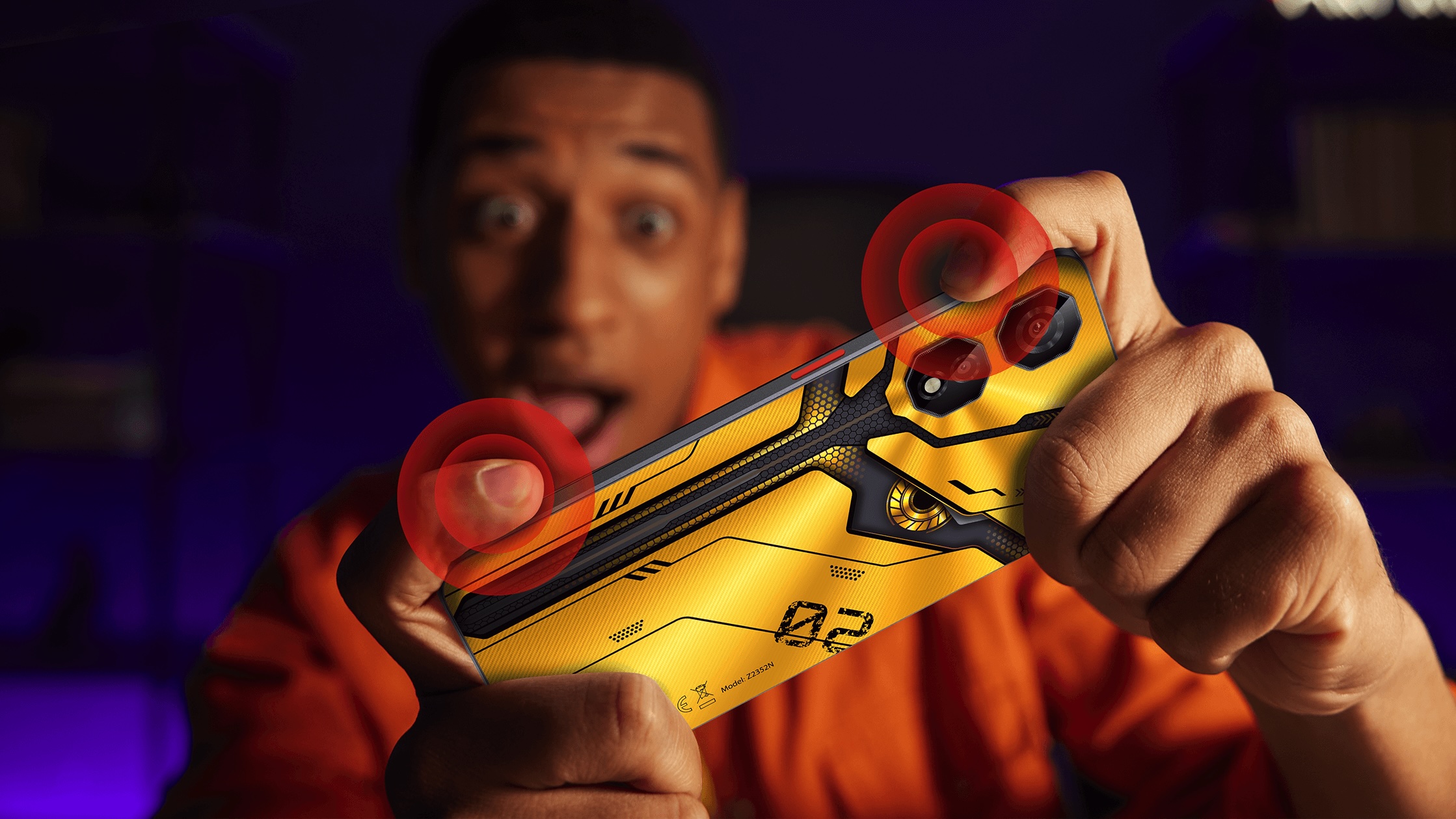Both phones have the same camera prowess as the current flagship
Sony has officially taken the wraps off of two new phones here in IFA, Berlin. Both the XZ1 and the XZ1 Compact feel like toned-down versions of Sony’s newest flagship smartphone, sporting similar hardware and camera tricks sans the 4K display. Unfortunately, the two phones don’t stray away from Sony’s established (read: dated) OmniBalance design technology, and at $700, faces stiff competition from devices launched earlier this year.
Sony Xperia XZ1 specs
- 2.4GHz Qualcomm Snapdragon 835 processor
- Adreno 540 GPU
- 4GB of RAM
- 5.2-inch Full HD Triluminous Display; 1920×1080 resolution
- 128GB of expandable storage
- 4G, LTE
- Dual SIM
- 23-megapixel f/2.0 rear camera with EIS, PDAF, Laser AF, LED flash
- 13-megapixel f/2.0 wide angle front camera
- WiFi, Bluetooth, NFC
- GPS, A-GPS, GLONASS
- Fingerprint scanner
- USB Type-C
- 2700mAh Battery
- Android 8.0 Oreo
Sony Xperia XZ1 Compact specs
- 2.4GHz Qualcomm Snapdragon 835 processor
- Adreno 540 GPU
- 4GB of RAM
- 4.6-inch Full HD Triluminous Display; 1920×1080 resolution
- 64GB of expandable storage
- 4G, LTE
- Dual SIM
- 19-megapixel rear camera with EIS, PDAF, Laser AF, LED flash
- 13-megapixel f/2.0 wide angle front camera
- WiFi, Bluetooth, NFC
- GPS, A-GPS, GLONASS
- Fingerprint scanner
- USB Type-C
- 2700mAh Battery
- Android 8.0 Oreo
Initial impressions: Sony’s design philosophy is showing its age
If you’ve seen or encountered any of Sony’s smartphones in the past few fears, you already know what to expect with the the XZ1 and XZ1 Compact. The phones sport relatively thin bezels on the side and gigantic top and bottom bezels. While that’s a common design tactic in most phones, it feels dated in the year 2017 where similar flagships in the same price category already use bezel-less designs. It’s not all bad though – the phones are rated IP68, so they’re both water-and-dust proof.

Both phones look and feel like they desperately need a design refresh, though Sony loyalists will probably see little fault at the overall design of both phones. The XZ1 sports a 5.5-inch display, while the XZ1 Compact uses a smaller 4.6-inch panel. Both phones have full HD resolutions and Sony’s Triluminous display tech, the same kind of technology utilized by the Japanese brand on their Bravia TVs.

Sony axed the idea of a diminutive flagship smartphone running hi-end silicon before, so we were a little surprised to learn that the XZ1 Compact ran the same silicon as its bigger 5.5-inch brother, the XZ1: Qualcomm Snapdragon 835 processor, 4GB of RAM and 64GB of internal storage. As a result, the smaller of the two phones can go toe-to-toe with other flagships announced this year without breaking a sweat despite being a handier phone overall because of its smaller footprint.

While other manufacturers have turned to using skinny bezels and curved panels to stand out, Sony’s turned to camera tricks to attract potential buyers. The XZ1 has a 23-megapixel, f/2.0 rear camera equipped with EIS, PDAF, Laser AF, LED flash while the XZ1 Compact has a 19-megapixel rear camera equipped with EIS, PDAF, Laser AF and LED flash.

Both phones still inherit the XZ Premium’s MotionEye camera system, which consists of a 1GB memory-stacked camera that the company says is five times faster than rival smartphones at processing images. As a result, both phones can still shoot video at 960 frames per second, making for some awesome slow-mo footage when timed right.

New for this year is the 3D-scanning capability that allows you to digitize a 3D render of a person’s head and other objects. This allows you to store those scans later on, or use them in 3D printers. Imagine your head on someone’s desk, or on a dinosaur avatar.

Unfortunately, the two phones come at a price – the XZ1 is expected to retail for $700 (around 35K) while the XZ1 Compact is $100 less, at $600 (around 30K). At those prices, these new phones face stiff competition from other brands that have moved on from blocky bezels and square designs.









